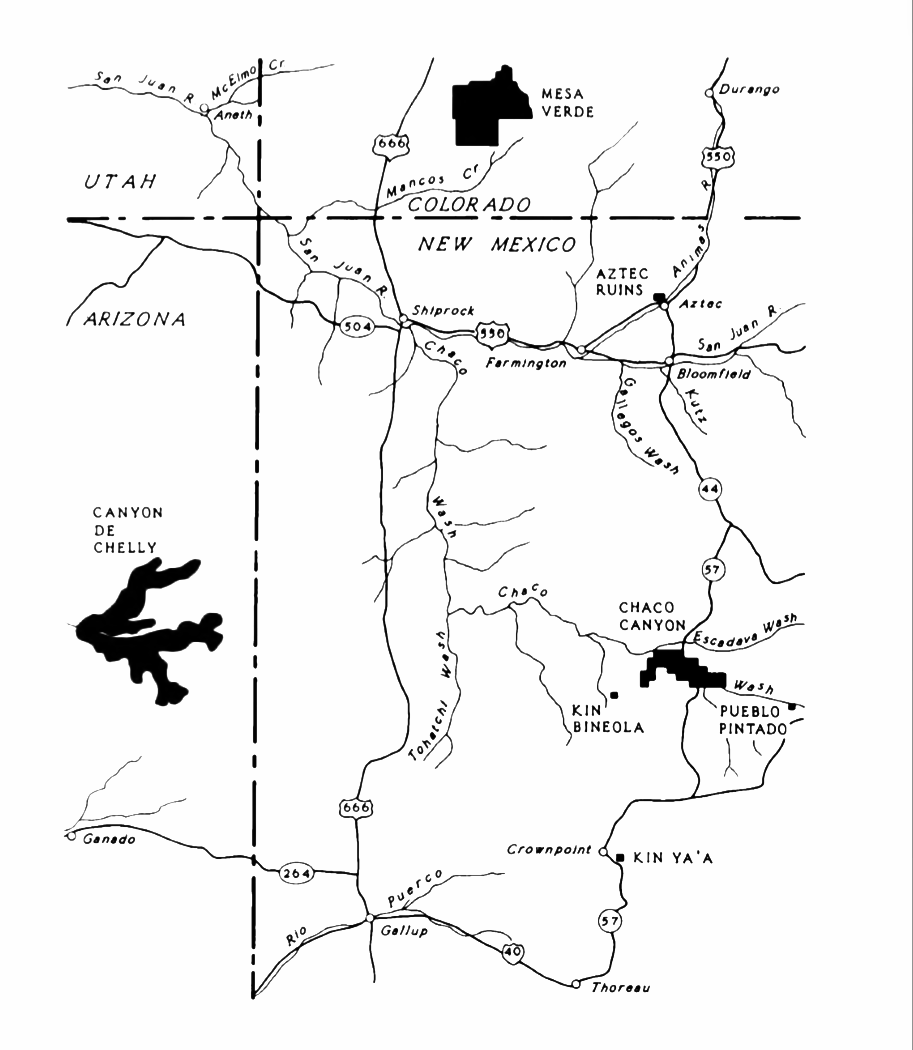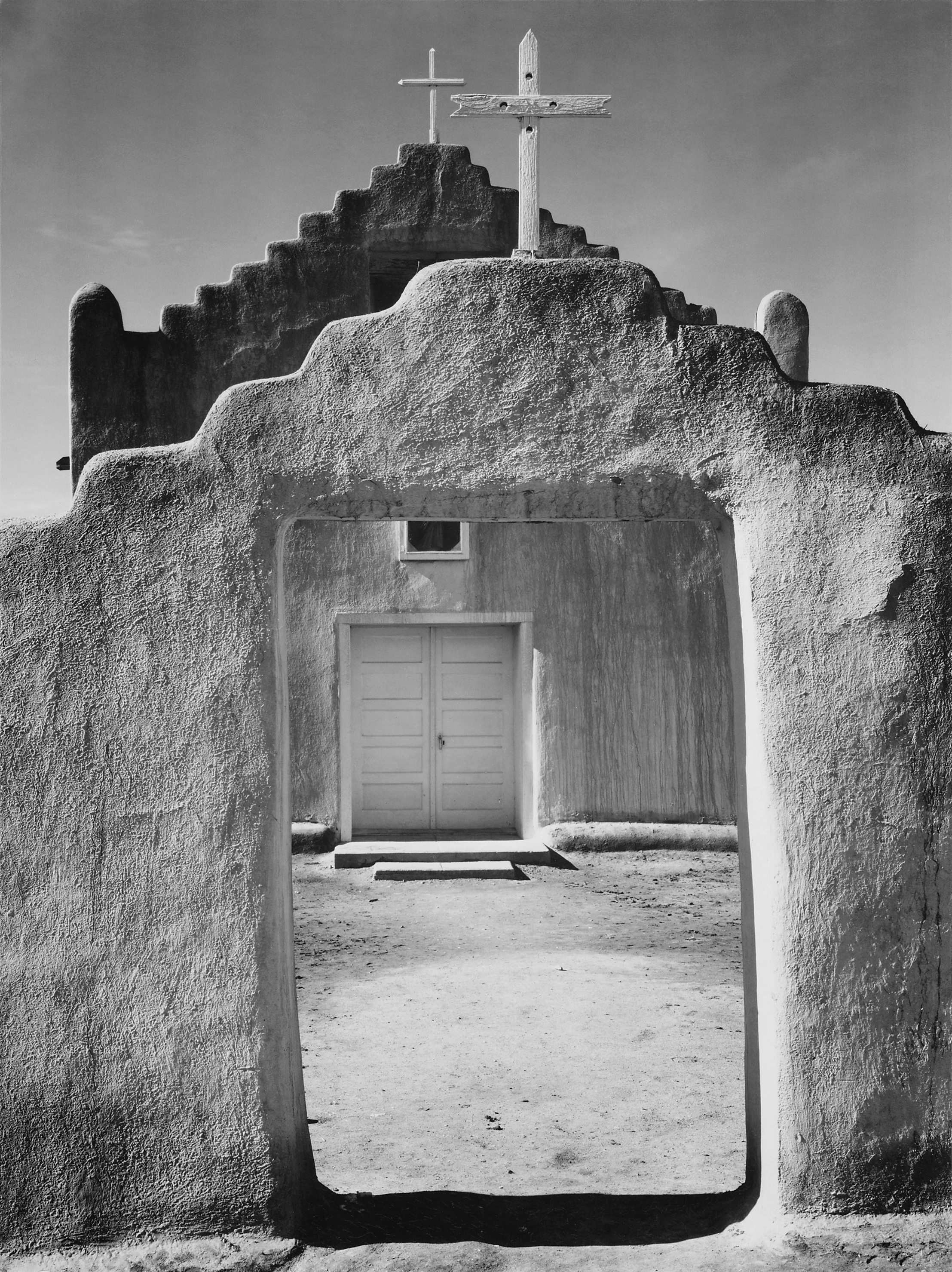|
Anasazi
The Ancestral Puebloans, also known as Ancestral Pueblo peoples or the Basketmaker-Pueblo culture, were an ancient Native American culture of Pueblo peoples spanning the present-day Four Corners region of the United States, comprising southeastern Utah, northeastern Arizona, northwestern New Mexico, and southwestern Colorado. They are believed to have developed, at least in part, from the Oshara tradition, which developed from the Picosa culture. The Ancestral Puebloans lived in a range of structures that included small family pit houses, larger structures to house clans, grand pueblos, and cliff-sited dwellings for defense. They had a complex network linking hundreds of communities and population centers across the Colorado Plateau. They held a distinct knowledge of celestial sciences that found form in their architecture. The kiva, a congregational space that was used mostly for ceremonies, was an integral part of the community structure. Archaeologists continue to deb ... [...More Info...] [...Related Items...] OR: [Wikipedia] [Google] [Baidu] |
Chaco Culture National Historical Park
Chaco Culture National Historical Park is a United States National Historical Park in the American Southwest hosting a large concentration of pre-Columbian indigenous ruins of pueblos. The park is located in northwestern New Mexico, between Albuquerque and Farmington, in a remote canyon cut by the Chaco Wash. Containing the most sweeping collection of ancient ruins north of Mexico, the park preserves one of the most important cultural and historical areas in the United States. Between AD 900 and 1150, Chaco Canyon was a major cultural center for the Ancestral Puebloans. Chacoans quarried sandstone blocks and hauled timber from great distances, assembling fifteen major complexes that remained the largest buildings ever built in North America until the 19th century. Evidence of archaeoastronomy at Chaco has been proposed, with the "Sun Dagger" petroglyph at Fajada Butte a popular example. Many Chacoan buildings may have been aligned to capture the solar and lunar cycles, ... [...More Info...] [...Related Items...] OR: [Wikipedia] [Google] [Baidu] |
Pueblo Peoples
The Pueblo peoples are Native Americans in the Southwestern United States who share common agricultural, material, and religious practices. Among the currently inhabited Pueblos, Taos, San Ildefonso, Acoma, Zuni, and Hopi are some of the most commonly known. Pueblo people speak languages from four different language families, and each Pueblo is further divided culturally by kinship systems and agricultural practices, although all cultivate varieties of corn (maize). Pueblo peoples have lived in the American Southwest for millennia and descend from the Ancestral Pueblo peoples. The term ''Anasazi'' is sometimes used to refer to Ancestral Puebloans, but it is considered derogatory and offensive. "Anasazi" is a Navajo adoption of a Ute term that translates to ''Ancient Enemy'' or ''Primitive Enemy'', but was used by them to mean something like "barbarian" or "savage", hence the modern Pueblo peoples' rejection of it (see exonym). ''Pueblo'' is a Spanish term for "village". ... [...More Info...] [...Related Items...] OR: [Wikipedia] [Google] [Baidu] |
Richard Wetherill
Richard Wetherill (1858–1910), a member of a Colorado ranching family, was an amateur archaeologist who discovered, researched and excavated sites associated with the Ancient Pueblo People. He is credited with the rediscovery of Cliff Palace in Mesa Verde in Colorado and was responsible for initially selecting the term ''Anasazi'', Navajo for ''ancient enemies,'' as the name for these ancient people. He also excavated Kiet Seel ruin, now in Navajo National Monument in northeastern Arizona, and Pueblo Bonito in Chaco Canyon, New Mexico. Wetherill was fascinated by the ruins and artifacts of the Southwestern United States and made a living as a rancher, guide, excavator of ancient ruins, and trading post operator. He was criticized as a "pot hunter" by his archaeologist competitors, although many of the artifacts he found were sold or donated to prominent museums and his work was often financed or overseen by museums. In 1910, he was murdered in mysterious circumstances by ... [...More Info...] [...Related Items...] OR: [Wikipedia] [Google] [Baidu] |
Hovenweep In Snow
Hovenweep National Monument is located on land in southwestern Colorado and southeastern Utah, between Cortez, Colorado and Blanding, Utah on the Cajon Mesa of the Great Sage Plain. Shallow tributaries run through the wide and deep canyons into the San Juan River.''Hovenweep Visitor Guide'' National Park Service. Retrieved 9-20-2011. Although Hovenweep National Monument is largely known for the six groups of villages and its , there is evidence of occupation by |
Pit House
A pit-house (or pit house, pithouse) is a house built in the ground and used for shelter. Besides providing shelter from the most extreme of weather conditions, this type of earth shelter may also be used to store food (just like a pantry, a larder, or a root cellar) and for cultural activities like the telling of stories, dancing, singing and celebrations. General dictionaries also describe a pit-house as a dugout, and it has similarities to a half-dugout. In archaeology, a pit-house is frequently called a sunken-featured building and occasionally (grub-) hut or grubhouse, after the German name ''Grubenhaus''. They are found in numerous cultures around the world, including the people of the Southwestern United States, the ancestral Pueblo, the ancient Fremont and Mogollon cultures, the Cherokee, the Inuit, the people of the Plateau, and archaic residents of Wyoming (Smith 2003) in North America; Archaic residents of the Lake Titicaca Basin (Craig 2005) in South America; An ... [...More Info...] [...Related Items...] OR: [Wikipedia] [Google] [Baidu] |
Mesa Verde National Park
Mesa Verde National Park is a national park of the United States and UNESCO World Heritage Site located in Montezuma County, Colorado, and the only World Heritage Site in Colorado. The park protects some of the best-preserved Ancestral Puebloan ancestral sites in the United States. Established by Congress and President Theodore Roosevelt in 1906, the park occupies near the Four Corners region of the American Southwest. With more than 5,000 sites, including 600 cliff dwellings, it is the largest archaeological preserve in the United States. Mesa Verde (Spanish for "green table", or more specifically "green table mountain") is best known for structures such as Cliff Palace, one of the largest cliff dwellings in North America. Starting BC Mesa Verde was seasonally inhabited by a group of nomadic Paleo-Indians known as the Foothills Mountain Complex. The variety of projectile points found in the region indicates they were influenced by surrounding areas, including the Great Ba ... [...More Info...] [...Related Items...] OR: [Wikipedia] [Google] [Baidu] |
New Mexico
New Mexico is a state in the Southwestern United States, Southwestern region of the United States. It is one of the Mountain States of the southern Rocky Mountains, sharing the Four Corners region with Utah, Colorado, and Arizona. It also borders the state of Texas to the east and southeast, Oklahoma to the northeast, and shares Mexico-United States border, an international border with the Mexican states of Chihuahua (state), Chihuahua and Sonora to the south. New Mexico's largest city is Albuquerque, and its List of capitals in the United States, state capital is Santa Fe, New Mexico, Santa Fe, the oldest state capital in the U.S., founded in 1610 as the government seat of Santa Fe de Nuevo México, Nuevo México in New Spain. It also has the highest elevation of any state capital, at . New Mexico is the List of U.S. states and territories by area, fifth-largest of the fifty states by area, but with just over 2.1 million residents, ranks List of U.S. states and terri ... [...More Info...] [...Related Items...] OR: [Wikipedia] [Google] [Baidu] |
Endonym And Exonym
An endonym (also known as autonym ) is a common, name for a group of people, individual person, geographical place, language, or dialect, meaning that it is used inside a particular group or linguistic community to identify or designate themselves, their place of origin, or their language. An exonym (also known as xenonym ) is an established, ''non-native'' name for a group of people, individual person, geographical place, language, or dialect, meaning that it is used primarily outside the particular place inhabited by the group or linguistic community. Exonyms exist not only for historico-geographical reasons but also in consideration of difficulties when pronouncing foreign words, or from non-systematic attempts at transcribing into a different writing system. For instance, is the endonym for the country that is also known by the exonyms ''Germany'' and in English and Italian, respectively, and in Spanish and French, respectively, in Polish, and and in Finni ... [...More Info...] [...Related Items...] OR: [Wikipedia] [Google] [Baidu] |
Taos Pueblo
Taos Pueblo (or Pueblo de Taos) is an ancient pueblo belonging to a Taos language, Taos-speaking (Tiwa languages, Tiwa) Native American tribe of Puebloan peoples, Puebloan people. It lies about north of the modern city of Taos, New Mexico. The pueblos are one of the oldest continuously inhabited communities in the United States. Taos Pueblo has been designated a UNESCO World Heritage Site. Taos Pueblo is a member of the Eight Northern Pueblos. A Indian reservation, tribal land of is attached to the pueblo, and about 4,500 people live in this area. Setting The pueblo was constructed in a setting backed by the Sangre de Cristo Mountains#Taos Mountains, Taos Mountains of the Sangre de Cristo Range. The settlement was built on either side of Rio Pueblo de Taos, also called Rio Pueblo and Red Willow Creek, a small stream that flows through the middle of the pueblo compound. Its headwaters come from Blue Lake, or Ba Whyea, in the nearby mountains. Taos Pueblo's most prominent ar ... [...More Info...] [...Related Items...] OR: [Wikipedia] [Google] [Baidu] |
Navajo
The Navajo or Diné are an Indigenous people of the Southwestern United States. Their traditional language is Diné bizaad, a Southern Athabascan language. The states with the largest Diné populations are Arizona (140,263) and New Mexico (108,305). More than three-quarters of the Diné population resides in these two states.American Factfinder The overwhelming majority of Diné are enrolled in the . Some Diné are enrolled in th ... [...More Info...] [...Related Items...] OR: [Wikipedia] [Google] [Baidu] |
YouTube
YouTube is an American social media and online video sharing platform owned by Google. YouTube was founded on February 14, 2005, by Steve Chen, Chad Hurley, and Jawed Karim who were three former employees of PayPal. Headquartered in San Bruno, California, it is the second-most-visited website in the world, after Google Search. In January 2024, YouTube had more than 2.7billion monthly active users, who collectively watched more than one billion hours of videos every day. , videos were being uploaded to the platform at a rate of more than 500 hours of content per minute, and , there were approximately 14.8billion videos in total. On November 13, 2006, YouTube was purchased by Google for $1.65 billion (equivalent to $ billion in ). Google expanded YouTube's business model of generating revenue from advertisements alone, to offering paid content such as movies and exclusive content produced by and for YouTube. It also offers YouTube Premium, a paid subs ... [...More Info...] [...Related Items...] OR: [Wikipedia] [Google] [Baidu] |











